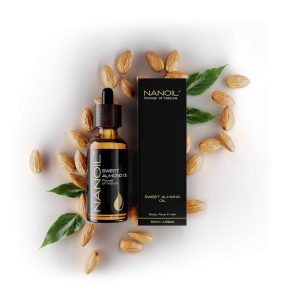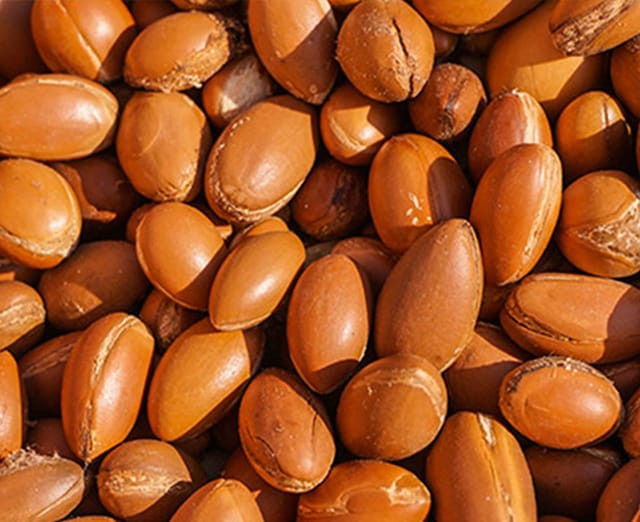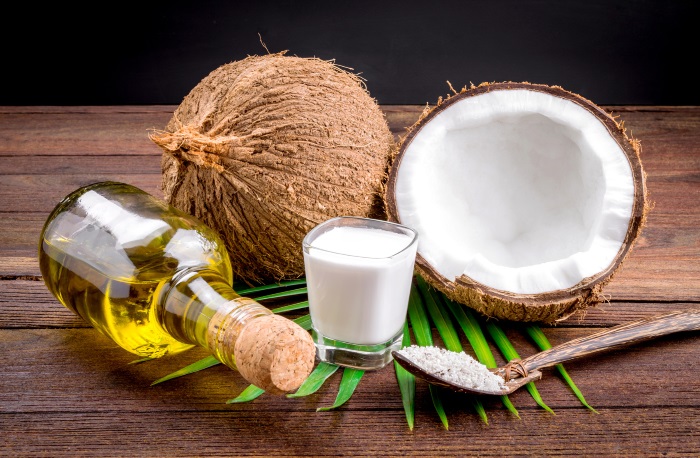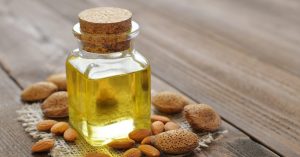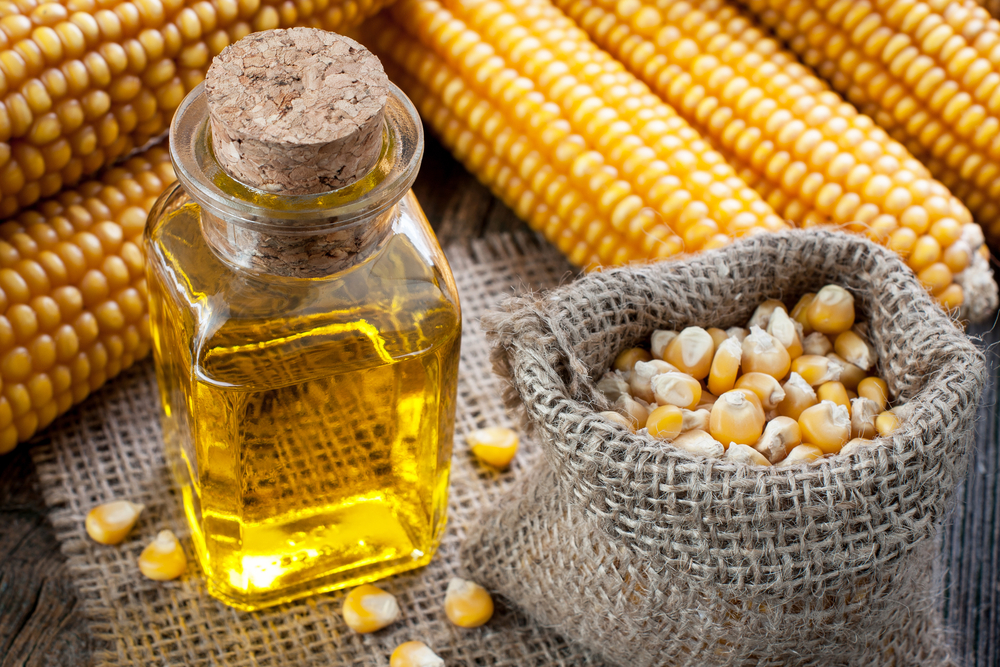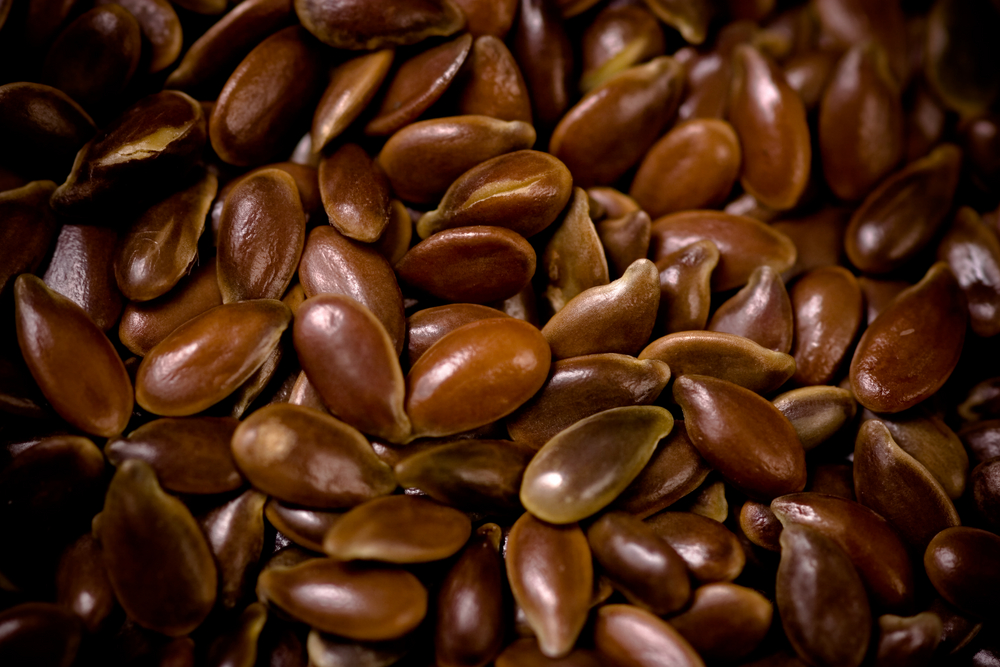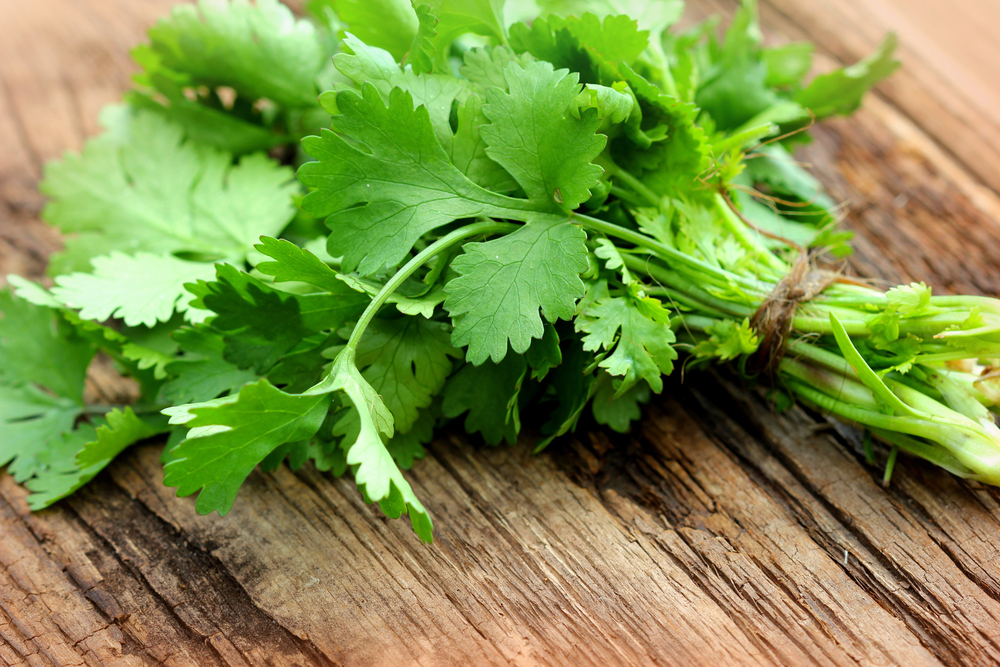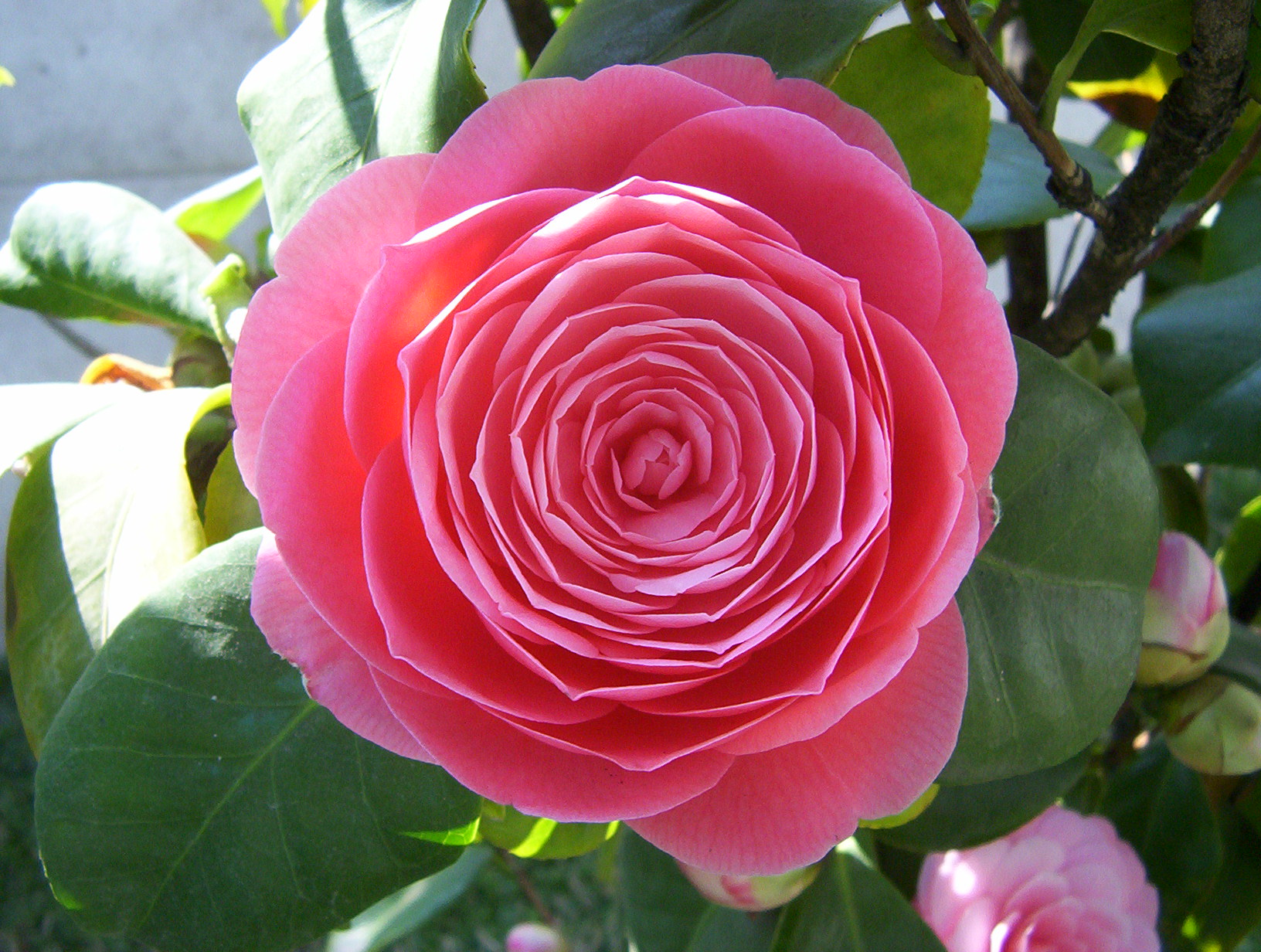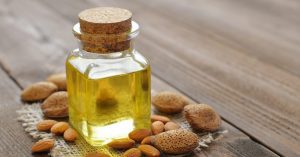
Sweet almond oil, a popular oil: the favourite of all young mums: it not only restores the vitality of tired and thinning hair after pregnancy, but also perfectly nourishes the delicate skin of a newborn baby. However, not only mothers and their children should be interested in it. This delicate oil with a beautiful, almond fragrance is a remedy for any problems with hair and skin. How does it work and what are the effects of hair oiling with almond oil?
Cold pressed, unrefined almond oil – these qualities must have the perfect oil so that it does not lose its power, for instance, valuable vitamins and fatty acids, and sweet almond oil has quite a few of them. It is a wealth of unsaturated fatty acids, and vitamins: E, D, A and B2. In addition, it contains sodium, iron, magnesium, manganese, potassium and phosphorus and zinc. It is gentle, it brings relief to all irritations, that’s why it is used by people with sensitive and delicate skin, and all those fighting with psoriasis, eczema and dandruff. Sweet almond oil also abounds in plant sterols and flavonoids – that’s why it slows down the ageing process of skin and hair.
Which almond oil is the best?
You should know that products named ‘almond oils’ aren’t equal and don’t give the same effect. The result you get depends on extraction method and further steps before selling the product. Cold-pressed and unrefined oils are highest in nutrients. Their quality is much poorer after purification and contact with heat. Therefore, search for pure beauty oils as they have highest quality and are often certified organic by Ecocert or USDA. All in all, the effect you get depends on almond oil you pick.
RECOMMENDED PRODUCT
Nanoil Almond Oil (100% Prunus Amygdalus Dulcis Oil) is unrefined, cold-pressed beauty oil. Use it on your weak, damaged, unruly hair and whole body skin, including sensitive, aging or coarse skins. It is effortlessly absorbed and smells amazing, delivering moisture, nourishing, reducing cellulite and stretch marks, protecting against the sun. There are numerous ways to make use of almond oil – it stands in for lots of drugstore cosmetics or acts as their enrichment.
Read more on the topic and all other beauty oils launched by the brand here www.nanoil.us.
Sweet almond oil effect
The oil is widely used for beauty purposes. It is often a component of lotions for children and lotions for delicate, sensitive skin. It is less often used as a component of face creams, but it is perfect for hand and foot care. The substance can be used for foot baths or it can be rubbed into a dry or damaged nail plate (usually mixed with other oils). Delicate sweet almond oil is suitable for the treatment of baby diaper rashes, and sunburn. It takes cares not only of the skin, but also the hair – it doesn’t only improve its condition but also cures irritated the scalp. Almond oil leaves a nice, slightly sweet smell on the body and hair. Its effects are not interfering with pigments and silicones, it combines well with glycerine and other alcohols, which is why it is perfect as a component of perfumes and coloured cosmetics. It is also a good and eagerly used ingredient for the production of soaps.
Regularly applied to the skin, almond oil moisturizes it and prevents water loss from its interior. It works hygroscopically and protectively, creating a delicate, microscopic layer on the surface of the skin that protects it from irritation. Almond oil gently hydrates the skin, so it is good to apply it to dry parts of the body: hands, feet, knees or elbows. Almond oil copes well even with extremely sensitive hair (thin, delicate, weakened due to overprocessing or seasonal hair loss). Sweet almond oil is well tolerated by the sensitive scalp, prone to irritation. In the summer, it should be used regularly for hair and scalp oil treatment. It will protect against sunburn, it will take care of the hair ends and prevent further damage. The oil not only protects the outer layer of the hair, but also penetrates into the interior and takes care of the internal structures of the strands.

